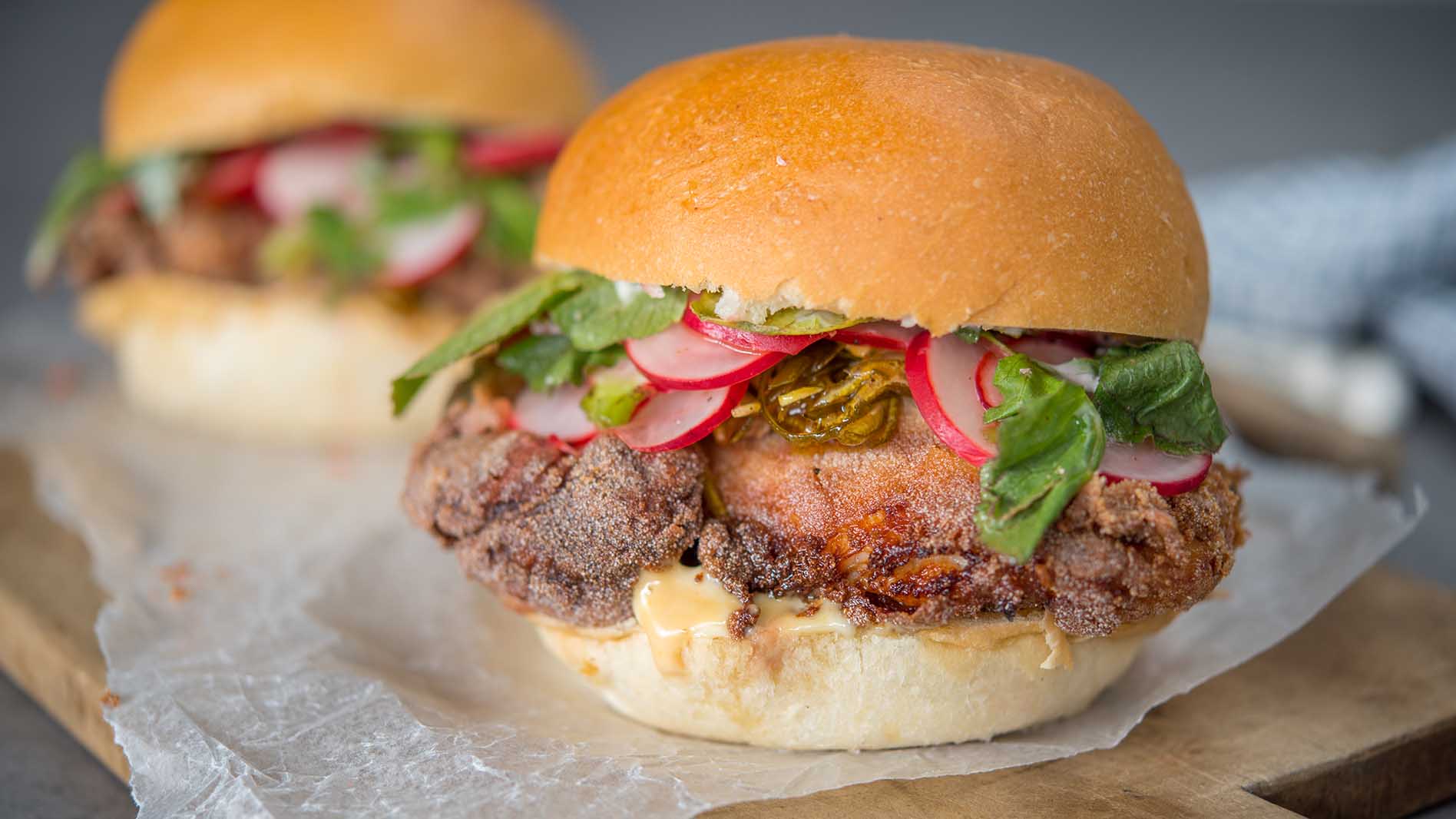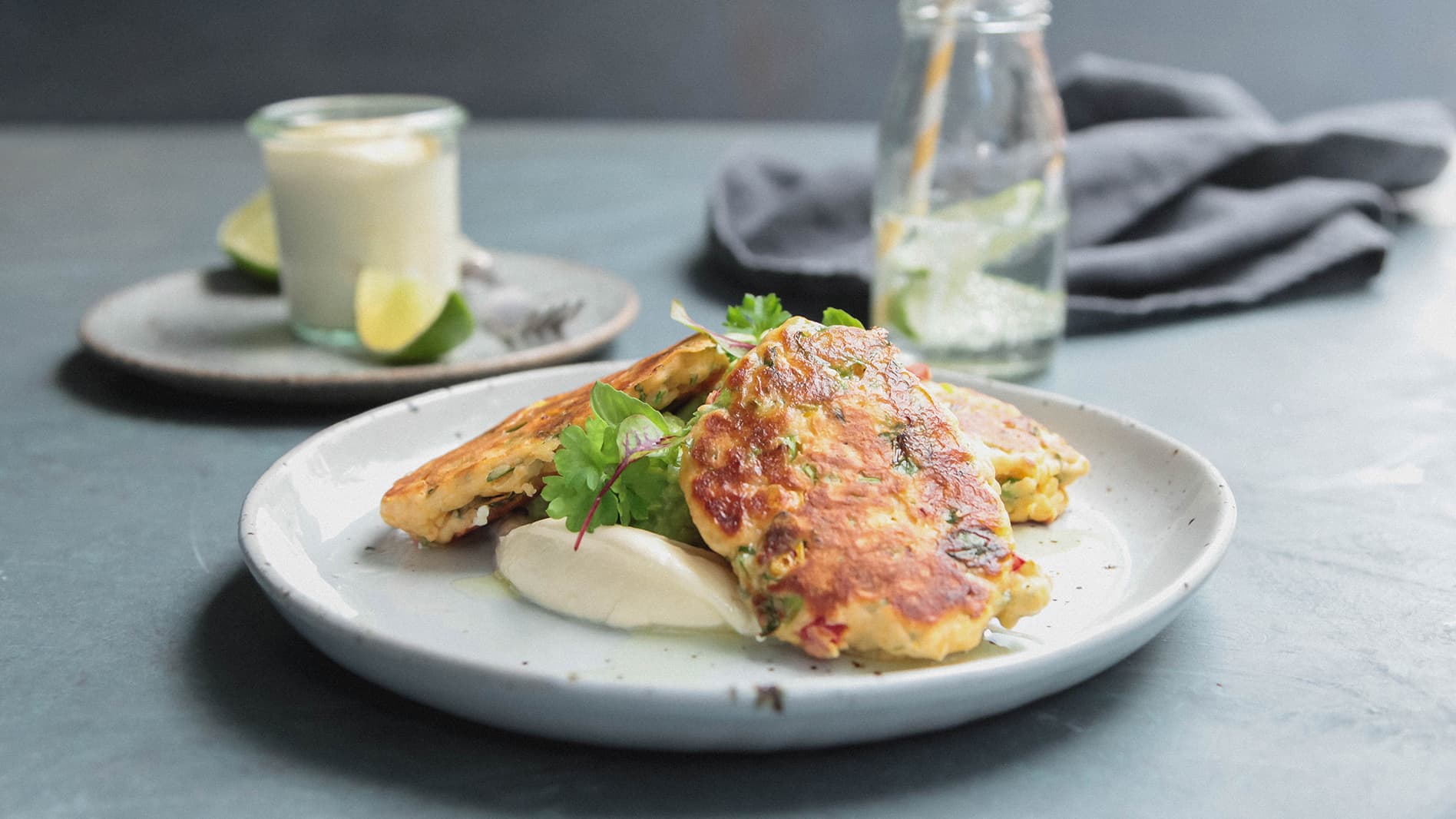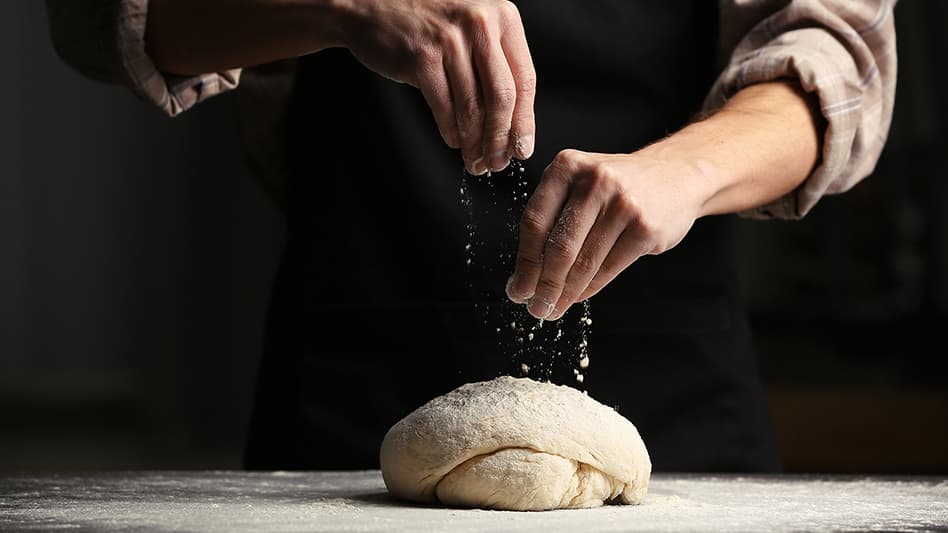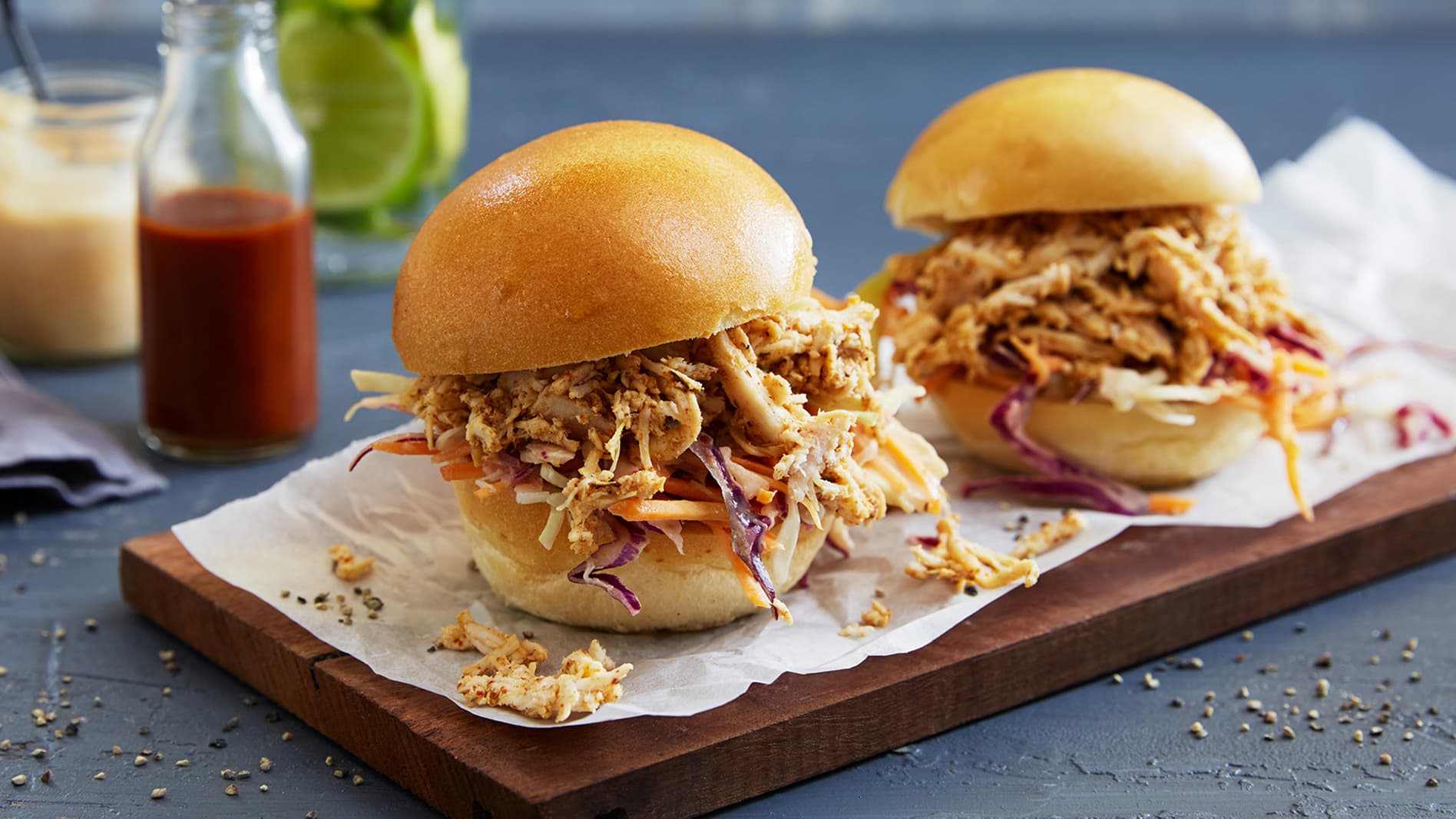Be inspired with recipes created by chefs.
Sign up for updates about products, special offers, news and promotional materials from Goodman Fielder.

Summary
It is a core kitchen ingredient that is used on a daily basis, all of the different cooking oil variations have left some confusion as to what the difference between them is and what they are correctly used for? From canola oil, vegetable oil, cottonseed oil and sunflower oil, each is independently made and have their own purposes of use in the foodservice industry. Though, it’s important to know that vegetable oil can be sold as a single source of Canola or Soya Bean oil or as a blend of the two types. From deep-frying to dressing salads, we explore the oil for you.
Canola Oil
What it is made of: Canola oil is derived from the canola plant, which contains 60 to 100 pods of 30 tiny seeds that the oil is crushed from.
Feature: Source of Omega 3, high in monounsaturated fats
Good for: Pan, deep and shallow-frying, salads and marinades
What it’s famous for: It’s the healthier oil option as it has the lowest saturated fat of commonly used vegetable oils.
| Smoke point: 230 – 240°C |

Cottonseed Oil
What it is made of: Cottonseed oil is created from the seeds of a number of cotton plants. It is versatile vegetable oil.
Feature: High in Omega 6 polyunsaturated fat
Good for: Deep and shallow-frying
What it’s famous for: Stable at high-temperature cooking and provides a subtle flavour through the food.
| Smoke point: 230 – 240°C |

Sunflower Oil
What it is made of: Sunflower oil is made from the seeds of the sunflower plant that yields 40% oil.
Features: High in Omega 6 polyunsaturated fats
Good for: Deep and shallow-frying and dressings
What it’s famous for: It is mostly used for deep frying, baking and roasting because it provides the food with a clean taste.
| Smoke point: 230 – 240°C |

Olive Oil
What it is made of: Olive oil is created from the fruit of an olive tree and comes in a number of varieties, including extra virgin olive oil, virgin olive oil and refined olive oil.
Features: High in monounsaturated fats
Good for: General purposes
What it’s famous for: Extra Virgin and Virgin Olive Oil provide an olive flavour to foods, which makes it a popular dressing and for shallow frying.
| Smoke point: Extra Virgin: 170 – 180°C; Virgin Olive Oil: 200 – 210°C; Refined: 230 – 240°C |
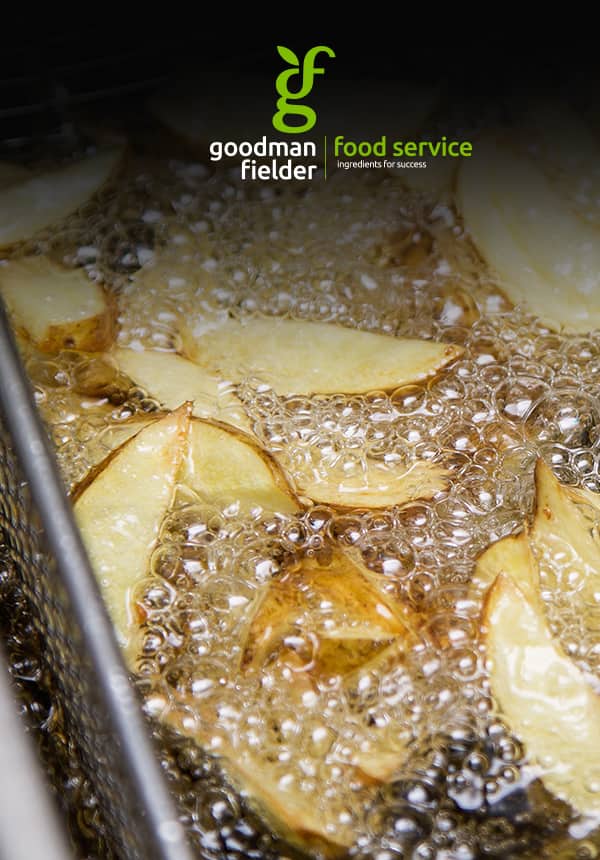
ARE YOU GETTING YOUR MONEY’S WORTH FROM YOUR OIL SUPPLY?
Download your free Guide To Using Oils today to ensure your oil is going the full distance.

Coconut Oil
What it is made of: Coconut oil is derived from the flesh of a coconut from a palm tree.
Features: Contains over 90% saturated fatty acids.
Good for: Creams and pan frying
What it’s famous for: Because it is high in saturated fats and has a low smoke point, it is therefore not very heat stable. However, it does provide a subtle coconut flavour to dishes.
| Smoke point: 170 – 180°C |

Corn Oil
What it is made of: Corn oil is extracted from the seed, which is also known as the germ of the maize. The germs are rich in nutrients and contain 20% of oil.
Features: It is high in polyunsaturated fatty acids (PUFAs) and is low in saturated fat.
Good for: Deep-frying
What it’s famous for: It is used for general purpose cooking and provides a subtle corn flavour and a deep yellow colour to foods.
| Smoke point: 170 – 180°C |

Soybean Oil
What it is made of: Soybean oil is derived from soya beans, which are a member of the legume family. Each yield of the seed holds an estimate of 20% oil.
Features: High in polyunsaturated fats and a source of Omega 3
Good for: General purpose cooking and frying
What it’s famous for: It is ideal for salads, marinades, pan and shallow frying.
| Smoke point: 230 – 240°C |
Rice Bran Oil
What it is made of: Rice Bran Oil is extracted from the bran (hard outer layer) of the rice grain.
Features: It is known for its high smoke point and mild flavour. It is high in antioxidant y-oryzanol and vitamin E
Good for: Shallow and deep-frying and as an ingredient
What it’s famous for: It is great for salad dressings, marinades, mayonnaise and deep-frying.
| Smoke point: 250°C |

Peanut Oil
What it is made of: Peanut oil is created from the pressing of peanuts that are rich in oil.
Features: High in monounsaturated fats
Good for: Shallow-frying and baking
What it’s famous for: It is very good to use for stir-frying foods because it provides a subtle peanut flavour.
| Smoke point: 230 – 240°C |

Tallow
What it is made of: Tallow is the fat rendered from cattle. It is purchased as a solid fat, that is then melted down for usage.
Features: It contains saturated fats
Good for: Baking and deep-frying
What it’s famous for: It is ideal for deep frying, providing a distinct beef flavour to the food. It also remains solid at room temperature and is a cheaper offering.
| Smoke point: 240 – 250°C |

Lard
What it is made of: Lard is fat rendered from pigs. It is obtained from any part of the pig where there is a high proportion of fatty tissue.
Features: Made from 40% saturated fat, 50% monounsaturated fat and 10% polyunsaturated fats
Good for: Deep-frying, baking and roasting
What it’s famous for: It remains solid at room temperature and provides a light pork flavour through the product. Lard is great for baking and deep-frying foods.
| Smoke point: 190 – 200°C |

Vegetable Shortening
What it is made of: Vegetable shortening is a solid fat made from a number of vegetable oils.
Features: High in saturated fats and good resistance to oxidation
Good for: Baking, deep-fat frying
What it’s famous for: It remains solid at room temperature and stable at high-temperature cooking.
| Smoke point: 240 – 250°C |
Have you seen our oils infographic? Download it now:
Related Ideas
2nd February 2023
A guide to deep frying
Perfectly golden, delightfully crisp, deep fried goodness is one of the eternal comfort foods. We run through the tips of the trade to ensure your frying hits the mark every time.
18th May 2022
Chicken Karaage Burger with Spicy Mayonnaise
Chef Rory has revealed the steps to his delicious Karaage Chicken Burger recipe in great detail. Perfect as a dine in option or for takeaway, add it to your menu today.
1st May 2021
Corn Fritters with Smashed Avocado And Sour Cream
Need to refreshen up your breakfast or brunch menu? Using fresh and tasty produce, this corn fritter recipe will win the hearts of your customers.




